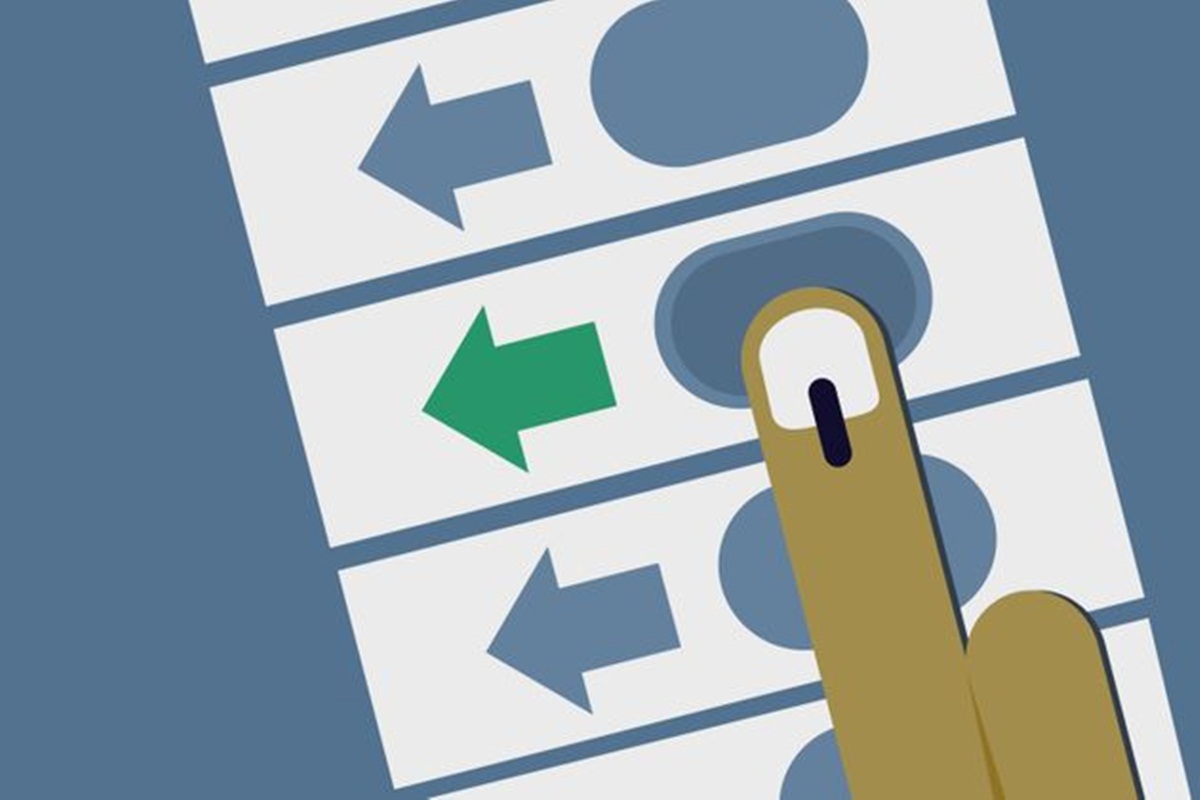In a significant move, the Union Cabinet, chaired by Prime Minister Narendra Modi, has accepted the recommendations of the High-Level Committee on Simultaneous Elections, led by former President Ram Nath Kovind. The decision is a step toward re-establishing the practice of holding elections for the Lok Sabha and State Legislative Assemblies concurrently, a system that was in place between 1951 and 1967.
Key Recommendations of the High-Level Committee
- Two-Phase Implementation: The committee suggests implementing simultaneous elections in two phases. In the first phase, Lok Sabha and State Assembly elections will be conducted simultaneously. In the second phase, local body elections, including panchayats and municipalities, will take place within 100 days of the general elections.
- Common Electoral Roll: A unified electoral roll will be used for all elections to streamline the process and ensure consistency.
- Nationwide Discussions: The government plans to initiate detailed discussions across the country to gather feedback and build consensus on the implementation of these recommendations.
- Implementation Group: A specialized group will be constituted to oversee the execution of these recommendations.
The report is available for public review at https://onoe.gov.in, and initial feedback indicates widespread support for the concept of simultaneous elections.
Historical Context and Need for Reform
Simultaneous elections were the norm in India from 1951-52 to 1967, after which this cycle was disrupted. Currently, elections are held frequently, sometimes multiple times within a year, leading to increased government expenditure, prolonged deployment of security forces, and disruptions to ongoing development work due to the Model Code of Conduct.
The Law Commission of India, in its 170th report on electoral reforms, emphasized the need to revert to a system where Lok Sabha and Assembly elections are held simultaneously every five years. The commission noted that the frequent election cycle results in continuous political mobilization, diverting attention from governance.
In 2015, the Parliamentary Standing Committee on Law and Justice also examined the feasibility of holding simultaneous elections, recommending a viable method to implement this change in two phases.
Way Forward
The government aims to implement this reform in the national interest, reducing the frequency of elections and streamlining the electoral process. The High-Level Committee, comprising representatives from various political parties and experts, will continue to play a pivotal role in shaping this new electoral strategy.
This move is expected to bring significant changes to India’s political and administrative landscape, potentially reducing election-related expenditures and minimizing the disruption of governance and development activities.






